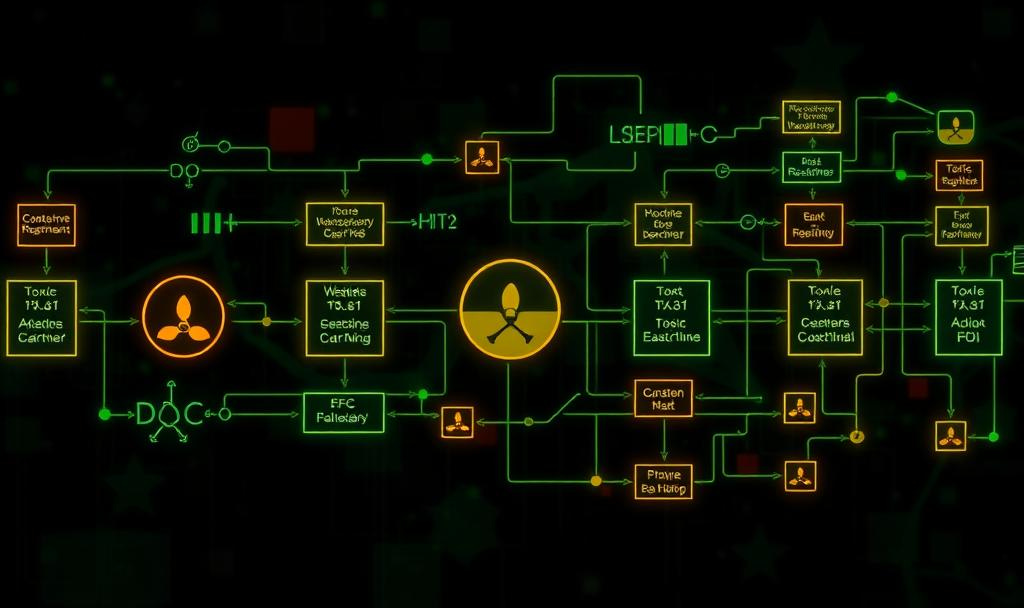Toxic vs Healthy Recruiting Algorithms
And How to know If They Are Toxic
Recruiters are immersed in a world of algorithms. From resume screening software to predictive analytics for employee retention, algorithms now influence nearly every stage of the recruiting process.
However, as we are well aware, not all recruiting algorithms are created equal. Some improve our decisions, while ot…


